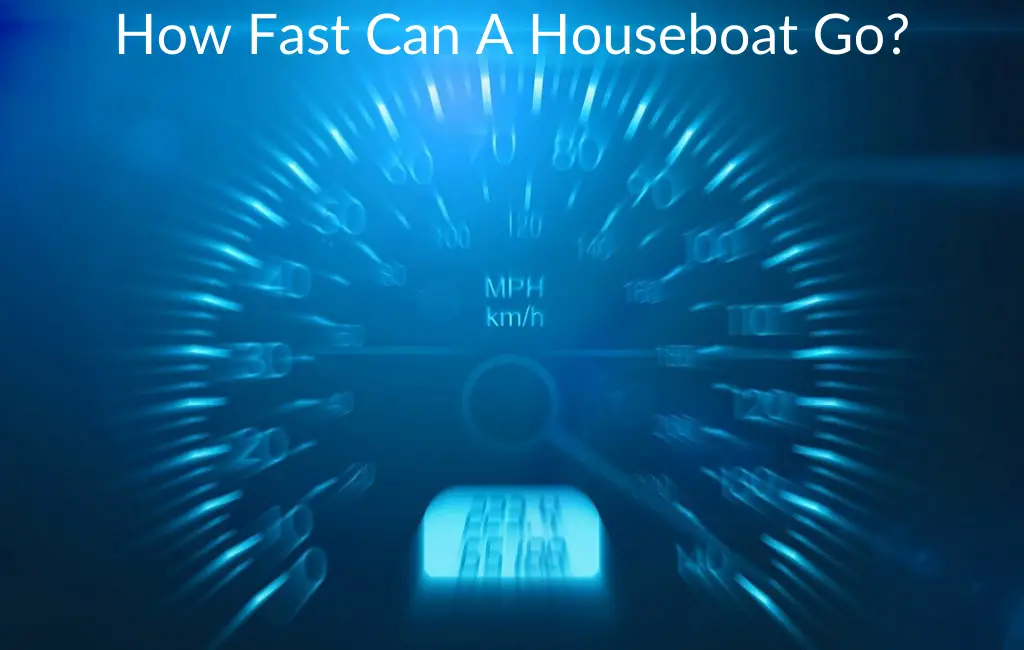While you’re on a pontoon boat cruising on a lake and enjoying the warm weather, you can’t afford to run out of your phone or camera’s juice. But as you know, these gadgets don’t have an unlimited battery.
*This post may contain affiliate links. As an Amazon Associate we earn from qualifying purchases.
So, let’s say you’re in the middle of the cruise and you want to film the entire thing. But then an unexpected circumstance is here and you’re out of battery.
You don’t have a power bank on you, and you start looking for an outlet in the boat. You’re wondering if pontoon boats even have one of these.
Most pontoon boats won’t have a traditional power outlet but will have a cigarette lighter that you can get power from by using an inverter. That will allow you tk charge your small devices like a phone, camera, etc.
Even though most boats do have at least a single socket, they may sometimes not work due to the harsh wet conditions so before you leave the dock it’s a good idea to test the plug and make sure that it is working properly.
If you’re borrowing or renting the boat from someone, you can ask the owner whether the onboard sockets work or not as well.
How Are Pontoon Boats Powered?
Speaking of power outlets, you might be wondering where pontoon boats get their power from.
Well, the OG pontoon boats work with paddles and oars. Plus, there’s some other equipment that helps you with fishing, storage, fish finding, and more.
However, modern pontoon boats do come with a normal fuel powered motor.
The most popular of those motorized pontoon boats are the ones with trolling motors. These are very versatile, letting you use the boat for recreational, as well as professional fishing purposes.
Of course the size of each motor on different pontoon boats will vary but they will all traditionally run on either gasoline or diesel.
How Many Batteries Should A Pontoon Boat Have?
How many batteries are on a pontoon boat varies according to the boat size. If you have a boat that is smaller than 14 feet, one battery will do you just fine.
For boats larger than 15 feet and smaller than 24 feet, two batteries will suffice (if there’s only one engine).
However, if the boat has a trolling motor, it could require an additional battery
Boats larger than 24 feet, having multiple engines, could require more than 3 batteries. The general rule of thumb is to install one battery for each of the engines.
How Long Does It Take To Charge A Boat Battery?
There is nothing worse than heading to the lake for a fun day on the water only to realize when you get there that your boat’s battery is dead.
Of course you will then have to charge it… but how long does that take?
Most boat batteries will take somewhere around 4 hours to charge up to 80% however if you want to get on the water faster and have a ways to go (that will give the battery time to charge) you can just jump the battery and let the boat’s alternator charge the battery all the way.
If a bad alternator was the reason that your boat’s battery died in the first place then leaving the dock without fixing it is a good way to find yourself stranded on the water.
So if you are unsure why the boat’s battery died you shouldn’t leave the dock until you know why it happened.
The charge time for a boat battery can vary quite a bit according to the type of charger you’re using, as higher-quality chargers are much more efficient. So be sure to pick a high-quality charger while shopping for one.
How Fast Can A Pontoon Boat Go?
A normal, small size, motorized pontoon boat can go anywhere from 2 to 10 miles per hour. However, the tech being used in such boats is developing fast — and you can expect to see these boats go as fast as 20 miles per hour in the near future.
Can You Add Shore Power To A Pontoon Boat?
You absolutely can add shore power to your boat and it’s not that complicated. Small- and medium-sized boats work well with a 30-amp, 120-volt power supply. It’s enough to charge the battery, operate a water heater, or even install a small air conditioner!
However, if the boat is large and has multiple appliances, it will need a 50-amp supply.
Can Shore Power Charge A Pontoon Battery?
Indeed, it can. As mentioned above, a 30-amp shore power supply is enough to charge the battery of a small- or medium-sized boat.
Where Are Fuses Located In A Pontoon Boat?
Looking for the fuse box in your new pontoon boat? You might want to have a look underneath the seats, or below the main console panel — that’s where the fuse box is located most of the time.
How Do You Change A Fuse On A Pontoon Boat?
Replacing a fuse in a pontoon boat is simple — just like you’d replace a fuse in your old house’s circuit board. First of all, locate the fuse that needs to be replaced. Then, take it out using a pair of pliers.
Find a replacement fuse that has the exact same amp rating as the original one. Then, push it into the fuse box where it needs to sit. If you do it right, it will snap right in.
Do Pontoon Boats Have Alternators?
Pontoon boats do have alternators as the batteries in pontoon boats get charged by them. It’s a kind of electrical generator that generates electric energy from mechanical energy.
Instead of an alternator, a pontoon could also use some other similar system to charge up its batteries.
Final thoughts
Pontoon boats are a fun way to enjoy a day on the lake with a few of your pals. With their slow to medium cruise speed, you can enjoy the scenery as you cruise by the beach; plus picking up some fish along the way doesn’t hurt either.
However, I do know gadgets’ charging could be an issue on such cruises.
You don’t want to miss out on capturing the moment on your camera. That’s why you must always check the boat you’re hopping in to see if there’s an available (and working) power socket.









